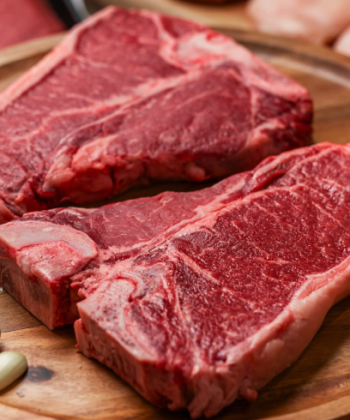Origin
Stir fry is a popular cooking technique that originated in Asia. It involves cooking small pieces of food quickly over high heat while stirring briskly. This method not only preserves the nutrients and textures of the ingredients but also enhances their flavors.
Traditional stir fry dishes often incorporate a mix of vegetables and proteins, making them a staple in many Asian cuisines. The adaptability and simplicity of stir fry have made it a favorite worldwide, evolving with various regional twists.
How to Make
Making stir fry is straightforward and perfect for quick meals. Start by selecting fresh vegetables and proteins such as chicken, beef, or tofu. Cut all ingredients into small, even pieces to ensure they cook uniformly. Heat a large pan or wok, then add oil with a high smoke point, like peanut or vegetable oil. Toss in the protein first, cook until nearly done, then set aside.
In the same pan, add vegetables, starting with the hardest ones like carrots and broccoli, as they take longer to cook. After a few minutes, add softer vegetables like mushrooms and bell peppers. Return the protein to the pan, pour in your sauce, and stir until everything is evenly cooked and coated.

How to Serve
Stir fry is best served hot, right off the stove. For a traditional touch, serve it over steamed rice or noodles to make it a hearty meal. If you’re wondering what goes with stir fry, consider side dishes like spring rolls, steamed dumplings, or a light cucumber salad for a refreshing contrast. Stir fry’s versatility means you can adjust the ingredients based on what’s available or preferred, making it a perfect dish for any occasion.
Vegetarian Options
For a vegetarian stir fry, replace the meat with tofu, tempeh, or a hefty mix of mushrooms like shiitake or portobello. You can enrich your dish with a variety of vegetables such as snap peas, bell peppers, and bok choy. Use soy sauce, hoisin sauce, or a blend of your favorite spices to flavor the dish. Adding nuts like cashews or almonds provides a delightful crunch and boosts the protein content.
Healthy Options
Stir fry naturally lends itself to healthy cooking. Use less oil and incorporate lots of colorful vegetables like carrots, red cabbage, and spinach. Opt for lean proteins like chicken breast or shrimp, and use low-sodium soy sauce to keep salt levels down. To add more fiber and nutrients, swap white rice with brown rice or quinoa. A squirt of lemon or lime juice before serving can enhance the flavors without extra calories.
Cooking Tips
Mastering the art of stir fry is all about timing and temperature. First, ensure your ingredients are prepped and ready to go—stir frying moves fast! Cut vegetables and proteins uniformly to promote even cooking. A well-heated pan or wok is crucial; the oil should shimmer but not smoke excessively before you add your ingredients.
Start with the protein, giving it space in the pan to sear and develop flavor. Remove it once it’s just cooked through to avoid overcooking. When adding vegetables, start with the densest ones, like carrots and broccoli stems, as they take the longest to soften. Add quicker-cooking ingredients like leafy greens or thinly sliced peppers towards the end.
For an authentic flavor, get your sauce right—a combination of soy sauce, oyster sauce, and a touch of sesame oil can create a rich base. Lastly, keep things moving in the pan; constant stirring and tossing are key to achieving those crisp-tender textures that make stir fry so delightful.


